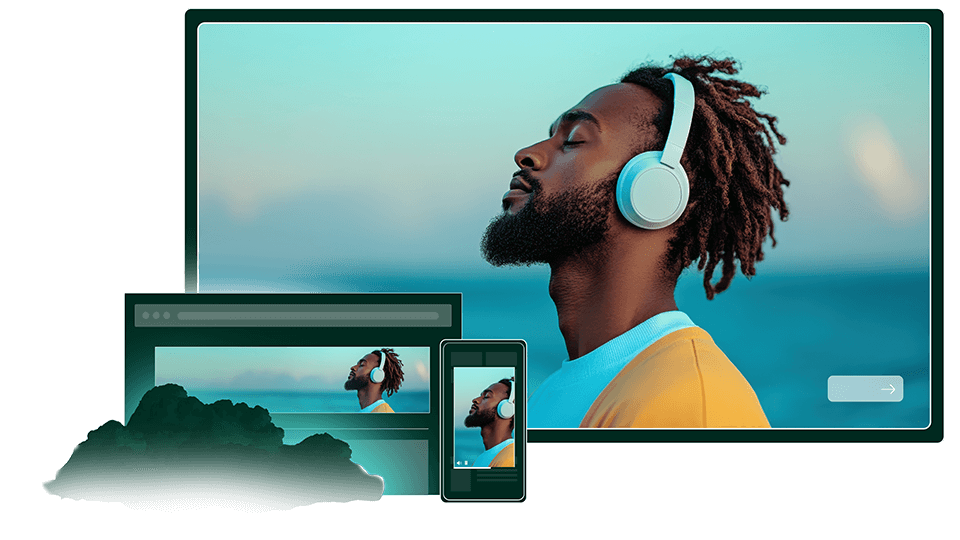IAS: Ad Fraud Rates Rose in Last Half of 2021
Global and U.S. ad fraud rates rose but metrics for brand quality risk rates improved, dipping to historic lows according to new data from IAS

NEW YORK—Integral Ad Science’s newly released 16th Edition of its Media Quality Report (MQR) has found that digital ad fraud rates rose around the world in the second half of 2021.
Based on the analysis of billions of global data events between July 1 and December 31, 2021, the report found that ad fraud levels rose most across desktop, pushing ad fraud up to 1.4% for display and 1.3% for video. Desktop display ad fraud rates were lowest in Poland at 0.4%, while the rates reached the highest level worldwide in Singapore with 4.1%.
In the U.S. ad fraud for desktop display rose from 1.5% in the second half of 2020 to 2.1% in the second half of 2021. For desktop video ad fraud rates in the U.S. increased to 1.6% in the U.S., up from 0.8% a year earlier.
Smaller increases were found for mobile web display in the U.S., where they grew from 0.7% in H2, 2020 to 0.8% in H2 2021. Mobile web video ad fraud in the U.S. grew from 0.5% to 0.7% in the same period.
Other metrics, however, showed improvement.
Brand risk rates dipped to historically low levels in H2 2021, IAS reported, powered by the growing adoption of sophisticated contextual solutions, increasing privacy regulations, and the positive impact contextual alignment brings to the consumer advertising experience. Worldwide brand risk averaged less than 3% across all environments and formats, with mobile web video remaining the most at-risk despite improving the most (-5.9pp) year-over-year, the IAS study found.
Other noteworthy trends included:
The professional video industry's #1 source for news, trends and product and tech information. Sign up below.
- New metrics provided better insights. The introduction of media quality metrics to six new verticals — Auto, CPG, Finance, Retail, Tech & Telco, and Travel & Entertainment — allowed ad buyers to gauge media quality over-or-underperformance more effectively within specific industries compared to their regional average for ad fraud, brand risk, and viewability.
- Underperformance was most common in the brand risk benchmark, with all U.S. verticals falling below the average for this metric. In terms of ad fraud performance, rates in Travel & Entertainment in the U.S. were 17% higher than average, following closely behind Auto at 18% higher ad fraud rates.
- Viewability performance was robust, with some regional baselines only seeing a marginal dip in levels. In the U.S., a majority of verticals overperformed including Auto, Retail, and Tech & Telco. CPG, in particular, was one of the best performing verticals worldwide with viewability levels standing 9% higher than the respective regional average.
- Context-based strategies helped reduce risk. Tightened privacy rules worldwide continued to lessen behavioral targeting abilities for media experts. Yet, ad buyers who adopted sophisticated contextual strategy methods and transitioned away from traditional media quality assurance practices gained an advantage in their bids for ad impressions that appeared next to suitable content to drive stronger favorability and create a better user experience, the IAS reported.
- Powered by the growing adoption of sophisticated contextual solutions, worldwide brand risk averaged less than 3% across all environments and formats, with mobile web video remaining the most at-risk despite a 5.9 percentage point (percentage points) year-over-year improvement. Notably, Canada experienced historic brand risk lows in April and July of 2021, just as contextual tracking volume ramped in the country. The U.S. showed double-digit annual drops in video brand risk levels across all environments in H2 2021.
- Video viewability levels were the highest of any format worldwide, indicating that video will continue to drive digital media consumption, especially across mobile as consumers increase their digital media consumption into 2022.
- However, connected TV (CTV) viewability rates receded slightly in H2 2021 to reach 93.1% and mobile app video viewability dropped from 92.6% to 85.8% year-over-year. The U.S., however, topped the mobile app display ranking with a viewability rate of 89.3%.
- In the U.S., desktop display brand risk appeared highest in the category of violence (42.4%), followed by adult content (20.3%), hate speech (10.6%), alcohol (8.7%), offensive language/controversial content (8.6%), illegal drugs (5.3%), and illegal downloads (4.0%).
- Brand risk in desktop video in the U.S. appeared in the categories of violence (36.7%), adult content (19.0%), illegal downloads (11.9%), hate speech (10.5%), alcohol (8.4%), illegal drugs (7.5%), and offensive language/controversial content (5.9%).
- Mobile remains safer than desktop, with optimized-against-ad-fraud rates hovering steadily at 0.5% or below for both display and video ads worldwide. Mobile web video remained the most protected from ad fraud across all formats, averaging 0.4% worldwide.
The full report can be found here.
George Winslow is the senior content producer for TV Tech. He has written about the television, media and technology industries for nearly 30 years for such publications as Broadcasting & Cable, Multichannel News and TV Tech. Over the years, he has edited a number of magazines, including Multichannel News International and World Screen, and moderated panels at such major industry events as NAB and MIP TV. He has published two books and dozens of encyclopedia articles on such subjects as the media, New York City history and economics.

